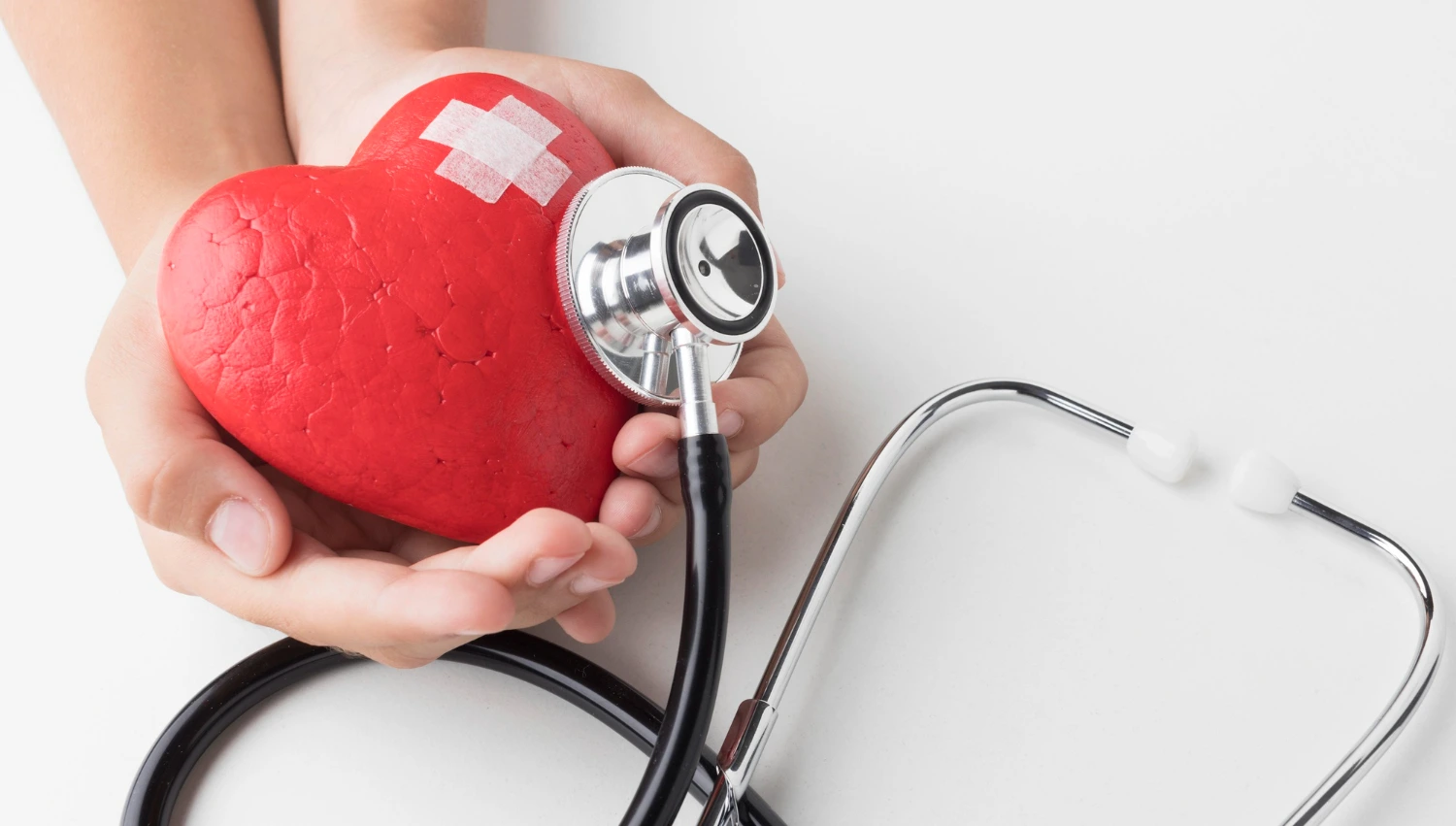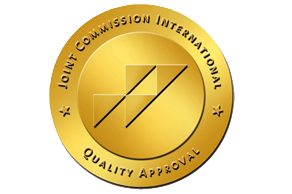Stroke vs. Heart Attack: What’s the Difference?
When it comes to health scares, few things are as frightening as a stroke or a heart attack. Both conditions strike suddenly and can have devastating effects. However, despite some similarities, strokes and heart attacks are distinct in many ways. Understanding these differences is crucial for getting the right treatment quickly. Let’s dive into what sets them apart, so you can be better prepared.
Definition and Types
A stroke occurs when blood supply to a specific area of the brain is cut off or considerably decreased, starving brain tissue of vital oxygen and nutrients. Within minutes, brain cells begin to die. Strokes are classified into two types: ischemic, which are caused by an obstruction in an artery going to the brain, and hemorrhagic, which happen when blood vessels burst in the brain. On the flip side, a heart attack happens when blood flow to a part of the heart is blocked, typically due to fat buildup, cholesterol, and other substances that form plaque in the coronary arteries. This blockage can severely damage or even destroy part of the heart muscle. Knowing these differences is crucial, especially when seeking top-notch care from the Best Cardiology Hospital in Dubai.
Causes
The causes of strokes and heart attacks often overlap since both can result from underlying cardiovascular disease. For strokes, narrowed arteries in the brain or neck (ischemic stroke), high blood pressure, or aneurysms (hemorrhagic stroke) are common culprits. Lifestyle factors like smoking, poor diet, and lack of exercise can increase these risks. Similarly, heart attacks usually stem from coronary artery disease, where the arteries are narrowed by atherosclerosis. High cholesterol, diabetes, high blood pressure, smoking, and obesity are key risk factors. Understanding these causes is crucial, especially when seeking guidance from the best cardiologists in Dubai to manage and improve heart health.
Symptoms
Recognizing the symptoms can be life-saving. Both conditions require immediate attention, and knowing what to look for can make all the difference. Here’s what you need to know about their symptoms:
For strokes, watch for:
For heart attacks, the warning signs include:
| Strokes | Heart attacks |
| Sudden numbness in the arms, legs, or face, usually on one side of the person’s body. | Pain in the chest that feels like it’s being pressed. This discomfort can spread to the shoulers, arms, neck, jaw, or back. |
| Confusion, difficulty speaking, or understanding speech. | Shortness of breath. |
| Difficulty seeing in one or both eyes. | Nausea, lightheadedness, or cold sweats. |
| Difficulty walking, dizziness, or loss of balance. | – |
If you suspect someone is having a stroke or heart attack, getting immediate medical attention is crucial. Acting fast can save lives and reduce the risk of severe damage.
Diagnosis
Diagnosing both strokes and heart attacks involves a mix of medical history, physical exams, and various tests. For strokes, doctors often use imaging tests like CT scans or MRIs to pinpoint the type and location. They might also run blood tests, carotid ultrasounds, or cerebral angiographies. When diagnosing a heart attack, the process typically includes electrocardiograms (ECGs) to check the heart’s electrical activity, blood tests for heart damage markers, echocardiograms, and coronary angiography to see any blockages. Consulting with the best cardiologists in Dubai can ensure a precise and swift diagnosis.
Treatment
Immediate treatment is crucial for both strokes and heart attacks, but the approach varies depending on the specific issue. For strokes, the goal is to quickly restore blood flow to the brain. With an ischemic stroke, doctors might use clot-busting medications like tPA or perform a mechanical thrombectomy to remove the clot. For hemorrhagic strokes, surgery may be needed to repair the burst blood vessel. When it comes to heart attacks, the focus is on getting blood back to the heart muscle. Treatment options include medications like aspirin, thrombolytics, anticoagulants, and procedures like angioplasty or surgery.
Prevention
Preventing strokes and heart attacks involves managing risk factors and embracing a healthy lifestyle. This means having a balanced diet, staying active, avoiding smoking, and keeping conditions like high blood pressure, diabetes, and high cholesterol under control. Regular check-ups with your doctors are essential for monitoring your health. Taking medications as prescribed and sticking to any recommended lifestyle changes can go a long way in preventing these serious conditions. Making these adjustments can significantly reduce your risk and help you maintain a healthier, longer life.
While strokes and heart attacks share some common ground, they are fundamentally different in their mechanisms, symptoms, and treatments. Understanding these differences can be vital for prompt and effective treatment, which can significantly improve outcomes. Always get immediate medical help if you suspect a stroke or heart attack, and consider regular consultations with cardiologists to keep your heart and brain in top condition.





